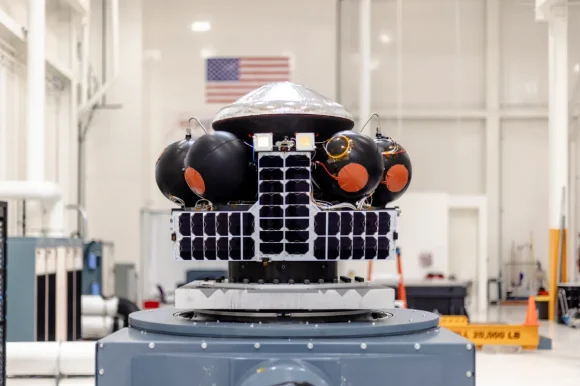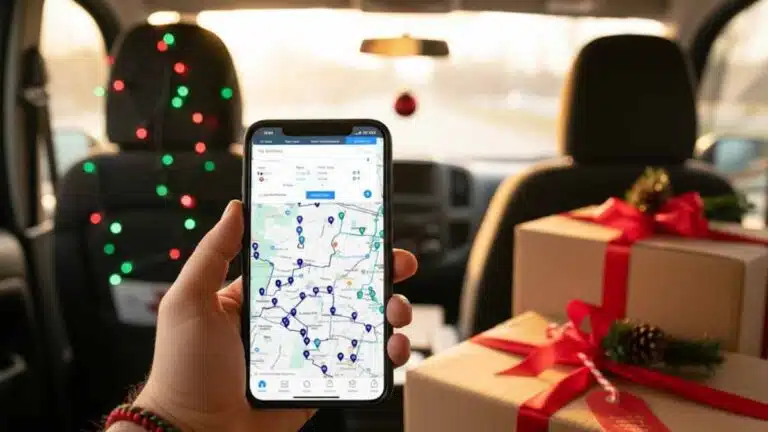Imagine this: a natural disaster strikes, leaving communities in dire need of medical supplies. Instead of waiting days for delivery, a spacecraft releases a delivery from space.
The emergency supplies come from Earth’s orbit, landing at the disaster site in under an hour.
This isn’t sci-fi. It’s a bold plan from Inversion Space, a Los Angeles-based startup. To make this a reality, Iversion raised $44 million.
And the startup has serious investors backing its mission, including:
- Spark Capital and Adjacent (co-leads of the funding round)
- Lockheed Martin Ventures (NYSE: LMT)
- Kindred Ventures
- Y Combinator
Delivery from space: How does it work?
Inversion’s small spacecraft is about the size of a compact car (4×8 feet). It can store cargo in space for up to five years.
These high-tech vehicles will have precise reentry capabilities.

This means they can glide to a specific destination on Earth and land precisely where it’s needed.
Think of it as a regular delivery; except instead of a truck or drone, the payload will be coming from outer space.
Inversion plans to test a smaller prototype of its spacecraft within months, hitching a ride on a SpaceX rocket (NASDAQ: TSLA).
But why emergency supplies in space?
Justin Fiaschetti, Inversion’s CEO, summed it up perfectly: “There are times like natural disasters and national security situations when you need something immediately.”
He adds, “You can prepare for the need years in advance but not for the time or place.”

The applications of receiving deliveries from space are massive and life-saving.
Emergency response:
Imagine medicines, vaccines, or other critical supplies being delivered to remote or disaster-stricken areas in record time.
No more waiting for trucks to make their way into disaster zones, which could be a logistical nightmare: costly and dangerous.
ALSO READ: Reaching new heights: DJI’s drone delivery breakthrough on Everest
National security:
Military cargo, like drones or other equipment, could be delivered instantly to conflict zones.
However, how this will be regulated remains to be seen.
Economic potential:
It might be expensive at first, but as launch costs drop, using space as a supply chain hub will become economically feasible.
If items are stored in space, however, it’s just one hour away (give or take) from where it’s needed the most.
While it’s still early days, Inversion is betting that the sky – actually, Earth’s orbit – is the limit for next-gen delivery systems.
NOW READ: Waymo: $5.6 Billion expansion to fuel urban mobility
About the author
Cheryl has contributed to various international publications, with a fervor for data and technology. She explores the intersection of emerging tech trends with logistics, focusing on how digital innovations are reshaping industries on a global scale. When she's not dissecting the latest developments in AI-driven innovation and digital solutions, Cheryl can be found gaming, kickboxing, or navigating the novel niches of consumer gadgetry.










